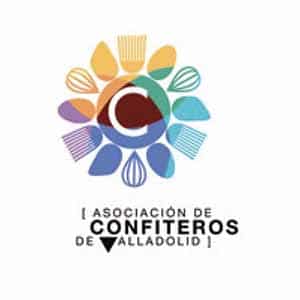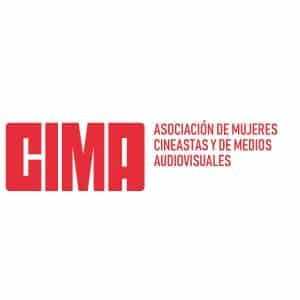The Golden Spike and other awards
The Film Week’s ‘Spikes’ have become true classics in the world of film awards which some of the most important filmmakers of the last few decades have received . They are handed out every year during the closing ceremony held at the Festival’s main venue, Teatro Calderón.
They can be gold or silver. “Spikes” are the Valladolid Festival’s main prizes: a status which they inherited from their predecessors—the “Labarum” and, even before that , the “Don Bosco” (the Festival’s original award).
When the Festival started back in 1956 (in those days it was known as the “Religion & Human Values Film Week”, it was not meant to be a competitive event, so that during the first two editions no awards were given out.
It was not until the Festival’s third edition, in 1958, that the ‘Don Bosco’ award came into existence: gold for the winning film and silver for the finalist, to which the recognition provided by Seminci’s “Special Mention” was added.
The Don Bosco award, however, was short-lived. One year later, it was replaced by the “Labarum”, while the “Special Mention” gave way to the “City of Valladolid Award”. In its first year of life, the Labarum was handed out to Peter Glenville’s The Prisoner in the long-feature category, while in the category of short films the distinction was won by the West German production Die Weltenuhr.
Only a year later, in 1960, a new award was born: the “Spike” (Espiga) would in the course of time become the Festival’s highest distinction. Until then, however, it would share the protagonism with the Labarum, the City of Valladolid Award and the Special Mentions. During the next few editions, the Valladolid Film Festival continued to award these prizes with the addition in 1961 of the Saint Gregory Award and the FIPRESCI Award, the latter being granted by the International Federation of Film Critics.
In 1974, during the Festival’s 19th edition, the Labarum eventually disappeared. From then on, “Spikes” would become the Film Week’s major awards.
It was not until 1979 that the earliest awards in the new categories Best Actress (Jirina Sejbalová for her performance in Solo pro starcu damu) and Best Actor (Stanislav Liubchin in Piat vetcherov) were granted. Five years later, during Seminci’s 29th edition, Piotr Todorovski harvested the award for Best Screenplay for his job in the film Voienno-polevoi Roman. Years later, this particular prize was renamed ‘Miguel Delibes Award’ for the Best Screenplay as a tribute to the great Valladolid-born Spanish writer.
In 1985, Gilliam Armstrong’s Mrs. Soffel won the François Truffaut Award for Best First Film —a distinction which in 1997 would be rechristened ‘Pilar Miró Award for Best New Director’ as a tribute to the Madrid-born filmmaker.
In fact, the history of the Valladolid Film Festival is punctuated by the emergence of new awards —a recurring trait that continues to accompany the Film Week’s development, as is shown by the more recent launching of the Cultural Diversity Award, the Audience Award, the Best European Short Film Award, the Award for Best Score or the specific award within the sidebar “The Night of Spanish Short Films”. An even more recent development has been the setting afloat of new sections specifically targeted at younger audiences: Miniminci and Seminci Joven.
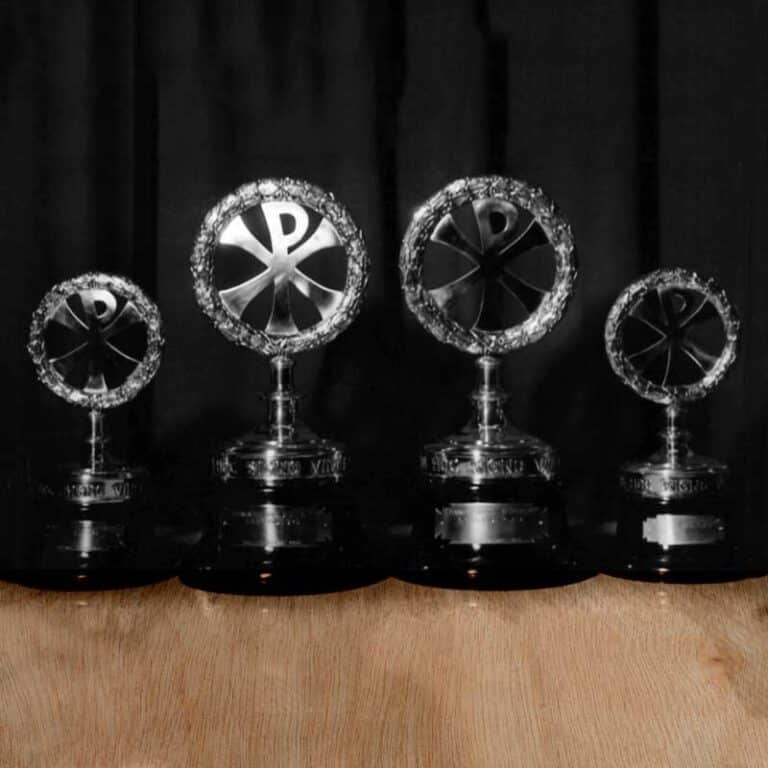
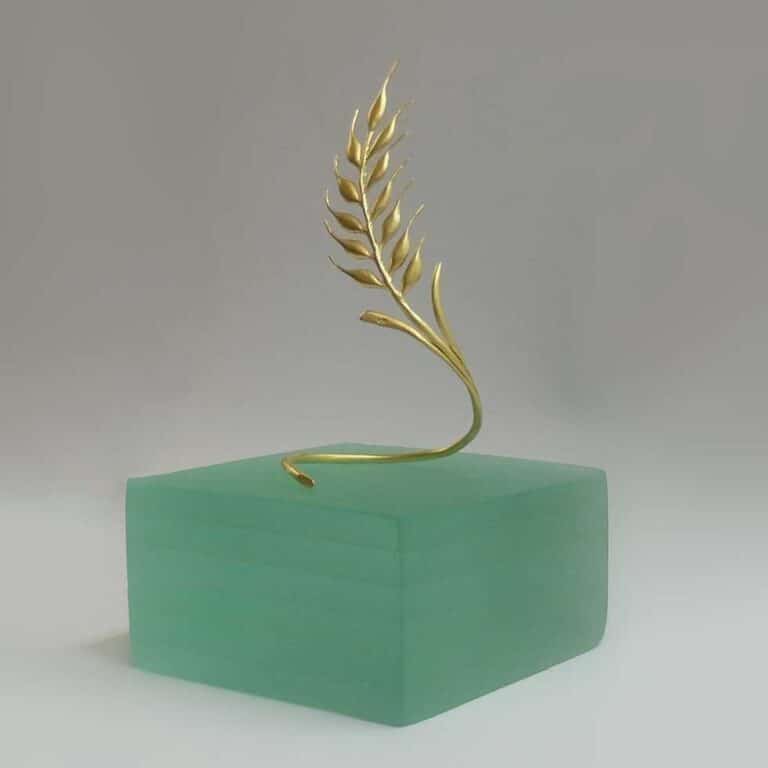
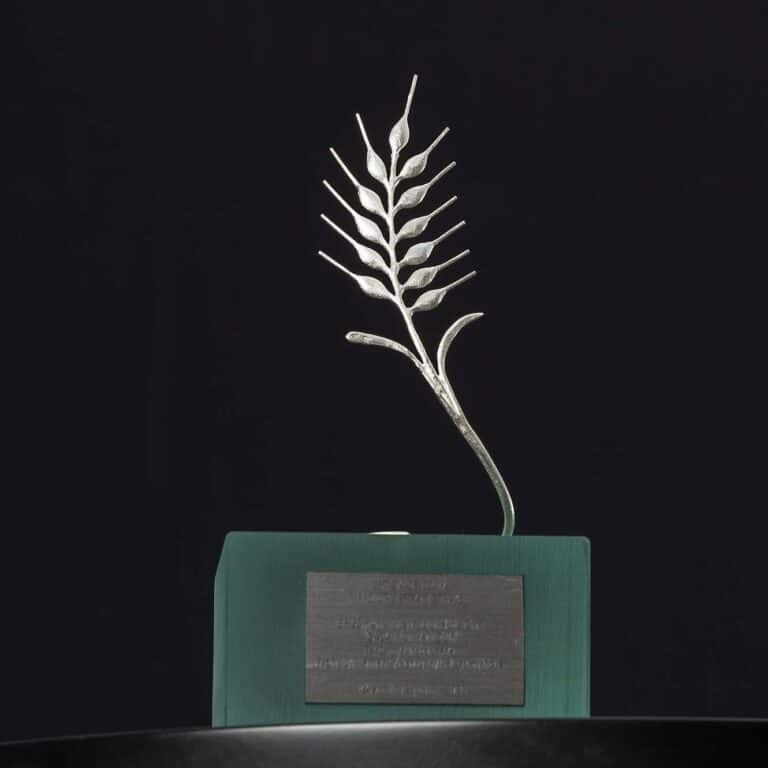
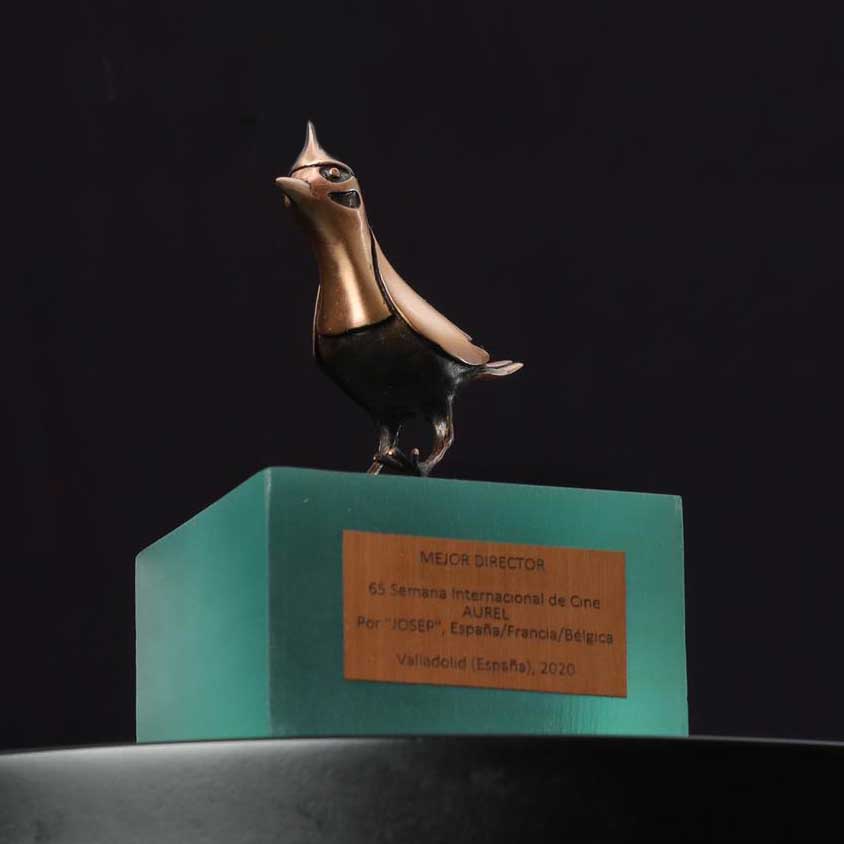
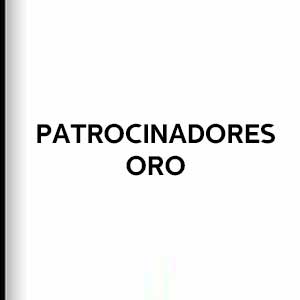
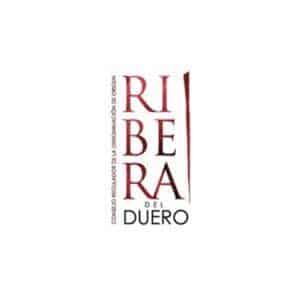


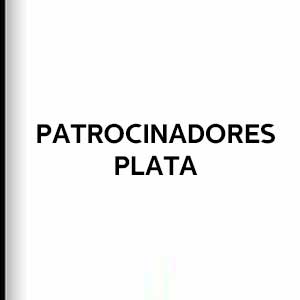



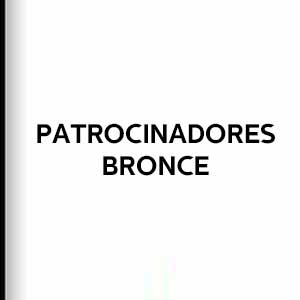

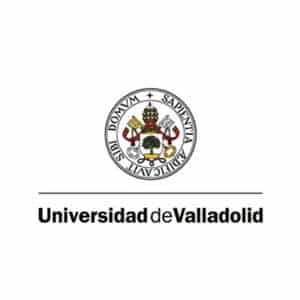







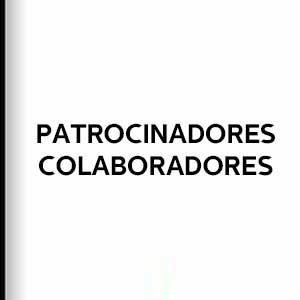



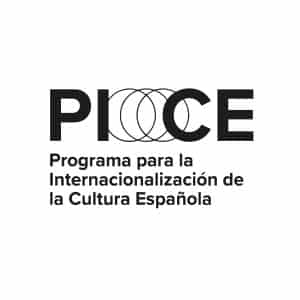

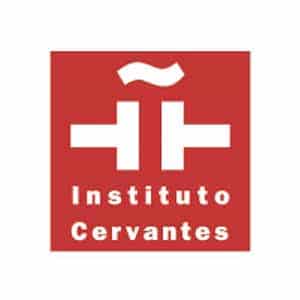

![Logo Foro Cultural de Austria Madrid[1]](https://www.seminci.com/wp-content/uploads/2024/09/Logo-Foro-Cultural-de-Austria-Madrid1-300x76.jpg)




